Understanding the importance of sustainability, especially when it comes to our use of natural resources, has become increasingly important in recent years. One area that has received particular attention is the use of sustainable hardwoods – a key resource in the construction, furniture, and paper industries among others.
This article will delve into ten of the most sustainable hardwood options available for eco-friendly furniture and construction projects.
Definition and Types of Sustainable Hardwoods
Sustainable hardwoods are wood derived from managed forests and plantations that adhere to responsible harvesting practices and environmental stewardship. These hardwoods come from trees replanted after cutting, ensuring a continuous supply without depletion of natural forests. This category includes several varieties of trees, including oak, teak, maple, cherry, and many others.
The Benefits of Sustainable Hardwoods
Environmental Benefits
- Contribution to Reforestation and Combating Deforestation: Sustainable hardwood production involves systematically replanting harvested trees and supporting reforestation efforts. By sourcing wood from sustainably managed forests and plantations, we discourage exploitative practices leading to deforestation.
- Positive Impact on Biodiversity: Sustainable forestry practices value and preserve biodiversity. Through selective harvesting and maintaining a variety of tree species, these methods ensure a balanced ecosystem, providing habitats for various flora and fauna.
- Reduction of Carbon Footprint: Trees are a natural carbon sink, absorbing CO2 from the atmosphere. With a robust replanting strategy, sustainable hardwood production can maintain or increase the forests’ carbon sequestration capacity, reducing the overall carbon footprint.
Economic Benefits
- Job Creation in Sustainable Farming and Processing: Sustainable hardwood production is labour-intensive, requiring skilled workers for cultivation, harvesting, and processing. This results in job creation, particularly in rural areas, fostering economic growth.
- Potential for Growth and Stability in the Market: The sustainable hardwood industry faces significant growth potential as awareness and demand for sustainable products rise. Businesses can tap into a stable and expanding market by investing in this sector.
Social Benefits
- Community Involvement and Empowerment: Sustainable hardwood production often involves local communities managing the forests, providing them with income, and empowering them to preserve the environment.
- Contribution to Sustainable Housing and Infrastructure: As a renewable resource, sustainable hardwood is crucial in constructing green buildings and infrastructure. It provides a sturdy, durable, and aesthetically pleasing material that aligns with sustainable living principles.
10 Most Sustainable Hardwoods for Eco-Friendly Furniture
1. Teak
Sustainable teak involves carefully managing teak forests to ensure they are not over-harvested. They achieve this through selective logging, only cutting mature ones and replacing them with new saplings. Sustainable teak cultivation also involves using environmentally friendly practices, such as reducing waste and using natural fertilizers.
Common Uses
Teak is a good choice for outdoor furniture and shipbuilding due to its durability and resistance to water damage. It is also commonly used for flooring and panelling due to its attractive grain patterns.
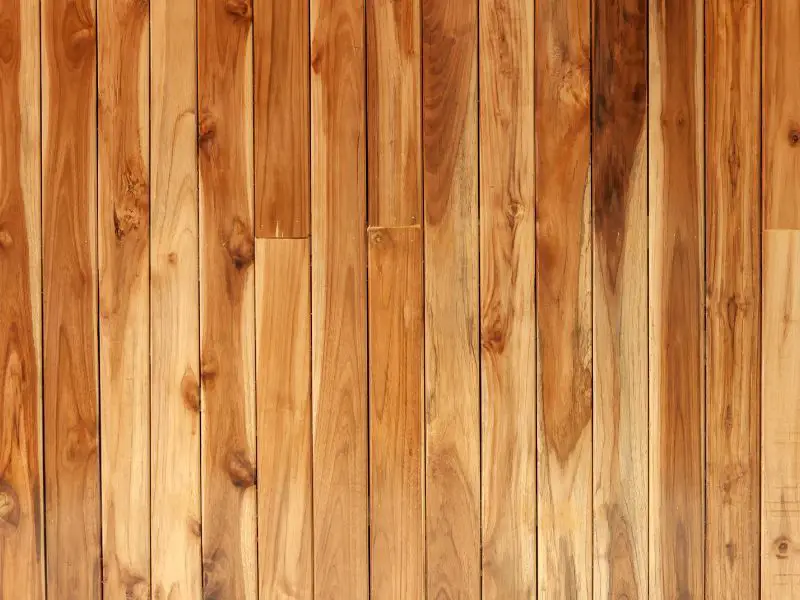
Primary Locations
Teak is primarily grown in Southeast Asia, including countries such as Indonesia, Thailand, and Myanmar. They also grown it in parts of Africa, including Tanzania and Ghana.
2. Bamboo
One of the main reasons bamboo is considered sustainable is that it is a fast-growing tree-like grass that’s good to harvest in just a few years. In contrast, hardwood trees can take decades or even centuries to mature, making them less sustainable.
Common Uses
Bamboo is a versatile material that you can use for various purposes. They commonly used it for flooring, furniture, and building materials. Bamboo flooring is turning into increasingly popular because of its durability and sustainability.
They also used it for furniture because it is lightweight, strong, and simple to work with. They are also good for building materials such as scaffolding, roofing, and wall panels.
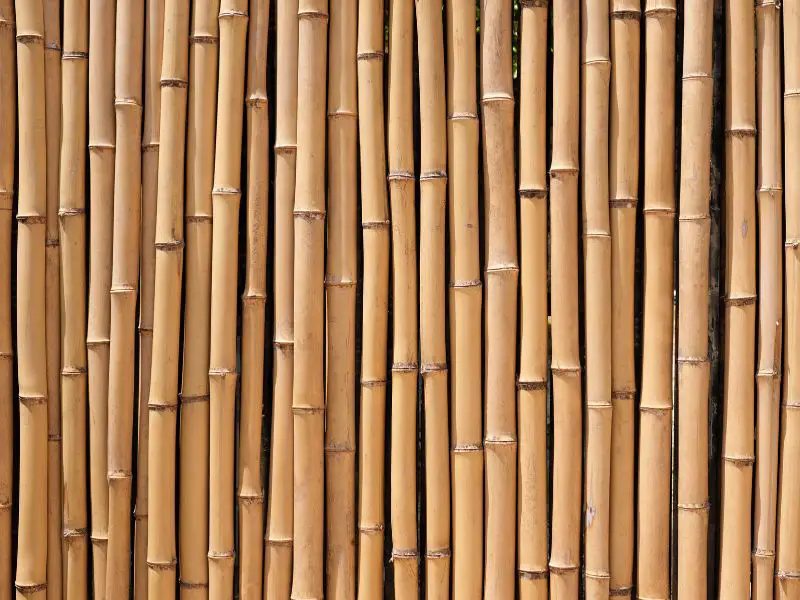
Primary Locations
Bamboo is native to Asia, South America, and many other parts of the world. It grows best in warm, tropical climates but can also survive in colder climates. Bamboo is a highly renewable resource and can be produced without pesticides or fertilizers, making it an environmentally friendly option.
3. Oak
Oak is one of the most popular and widely used hardwoods worldwide. It is a slow-growing tree that can survive for several hundred years, making it a valuable resource for sustainable hardwoods. Oak trees are grown in managed forests where they are selectively harvested to ensure that the forest remains healthy and productive.
Common Uses
Oak is used for various purposes, including flooring, furniture, and construction. It is a durable, strong wood that withstands much wear and tear. Oak flooring is popular because it is easy to maintain and lasts many years. Oak furniture is also popular because of its durability and classic look.
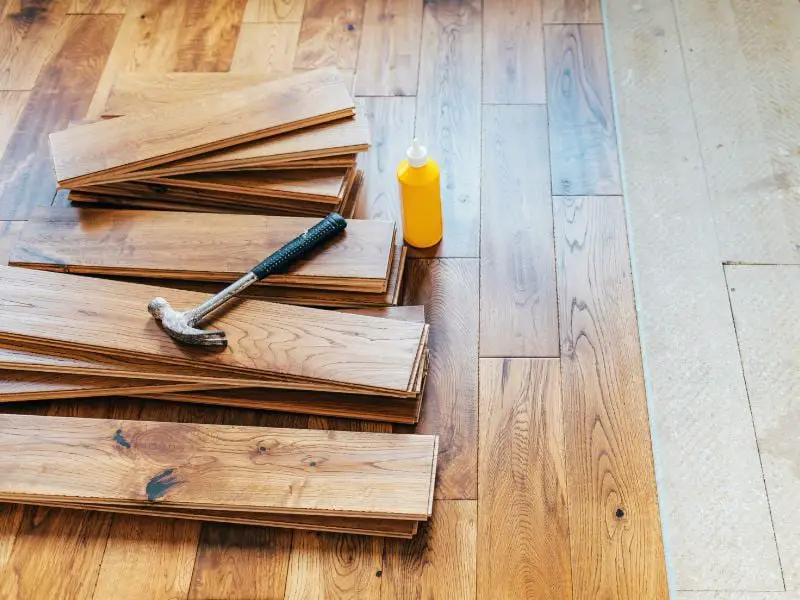
Primary Locations
Oak is primarily grown in Northern Hemisphere countries like the United States and parts of Europe. In the United States, oak is grown in states like Pennsylvania, Virginia, and West Virginia. In Europe, oak is grown in countries like France, Germany, and the United Kingdom.
4. Maple
Maple is a fast-growing tree that is easy to cultivate in sustainable ways. Maple trees are typically grown in managed forests, where they are carefully harvested to ensure that the forest remains healthy and productive.
Common Uses
Maple is famous for its durability, strength, and attractive grain pattern for its furniture, flooring, and musical instruments. Maple wood is hard, dense, and resistant to wear and tear, making it an excellent choice for high-traffic areas. Maple is also a great choice for musical instruments because of its bright, clear tone and excellent sustain.
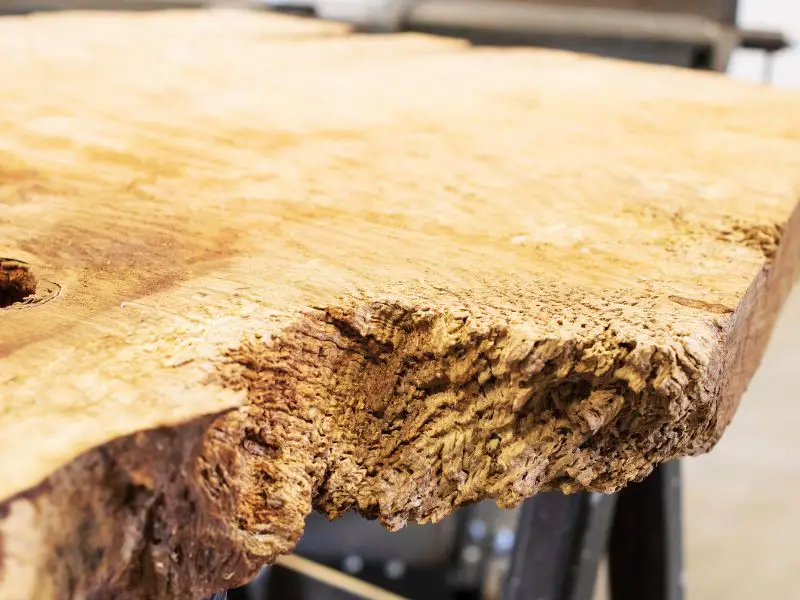
Primary Locations
Maple is primarily grown in North America, where it is a common species in managed forests. The most common types of maple are sugar maple and soft maple, both of which are used in a wide range of applications.
5. Cherry
Cherry trees are comparatively easy to grow and maintain, making them a sustainable hardwood option. Cherry trees are typically grown by orchards and require regular pruning to hold their shape and promote healthy growth. Sustainable cherry tree cultivation involves planting new trees to replace the harvested ones, ensuring a steady wood supply.
Common Uses
Cherry wood has a unique reddish-brown colour that darkens with age and exposure to light. It has a straight grain and a fine texture, making it a popular choice for furniture, cabinetry, and veneer.
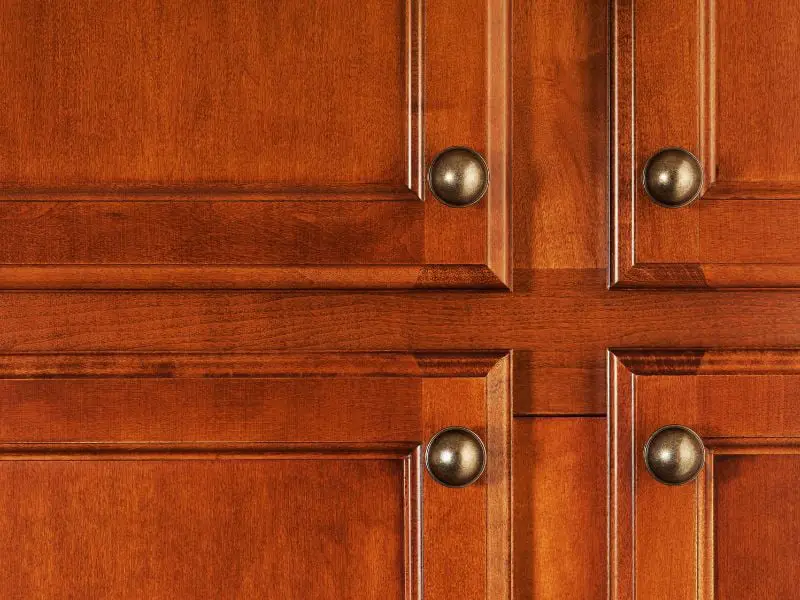
Primary Locations
Cherry trees are typically found in Eastern North America and Europe. You can find cherry trees in the Appalachian Mountains, the Great Lakes, and the Northeastern United States in North America.
6. Mahogany (Plantation Grown)
Plantation-grown mahogany is an excellent option if you are looking for a sustainable hardwood. It is necessary to note that not all mahogany is sustainable, as illegal logging can be a problem. However, when mahogany is grown on a plantation, it is a highly sustainable wood.
Common Uses
Mahogany is famous for furniture, boat construction, and musical instruments. It is a beautiful wood with a rich, warm colour and a distinctive grain pattern. Mahogany furniture is known for its durability and longevity and is a popular choice for high-end furniture pieces.
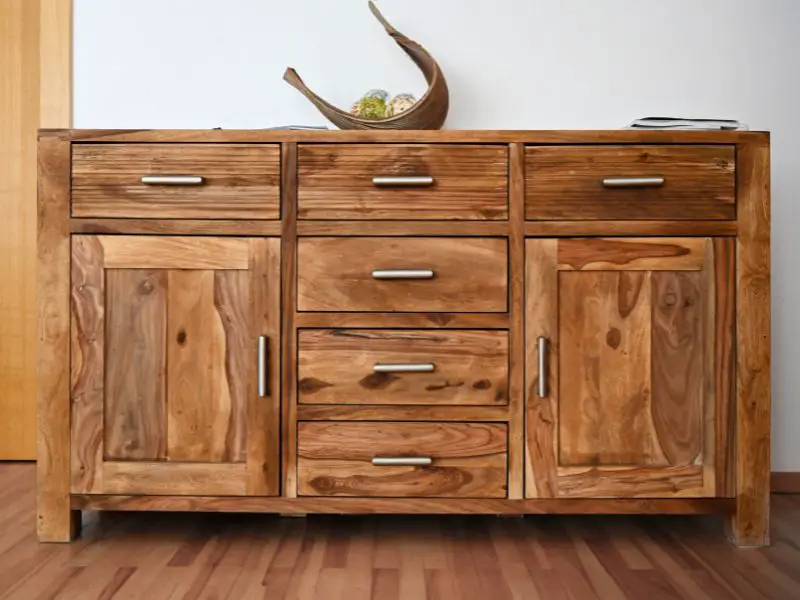
Boat builders also prefer mahogany for its strength and durability. It is an excellent wood for boat construction because it is immune to rot and decay.
Primary Locations
Mahogany is native to South America but is also grown in other parts of the world, such as Africa and parts of Asia. Plantation-grown mahogany is typically grown in Brazil, Mexico, and the Dominican Republic.
7. Eucalyptus
Eucalyptus is a popular sustainable hardwood widely cultivated for its fast-growing and durable timber. It is a hybrid of two eucalyptus species: Eucalyptus Grandis and Eucalyptus Urophylla. Eucalyptus is one of the most sustainable hardwoods available, thanks to its responsible cultivation practices and the fact that it is grown in well-managed, sustainably certified forests
Common Uses
Eucalyptus wood is used in various ways, including paper production, biomass energy, and sometimes flooring. They also used the wood for furniture, cabinetry, and other woodworking projects.
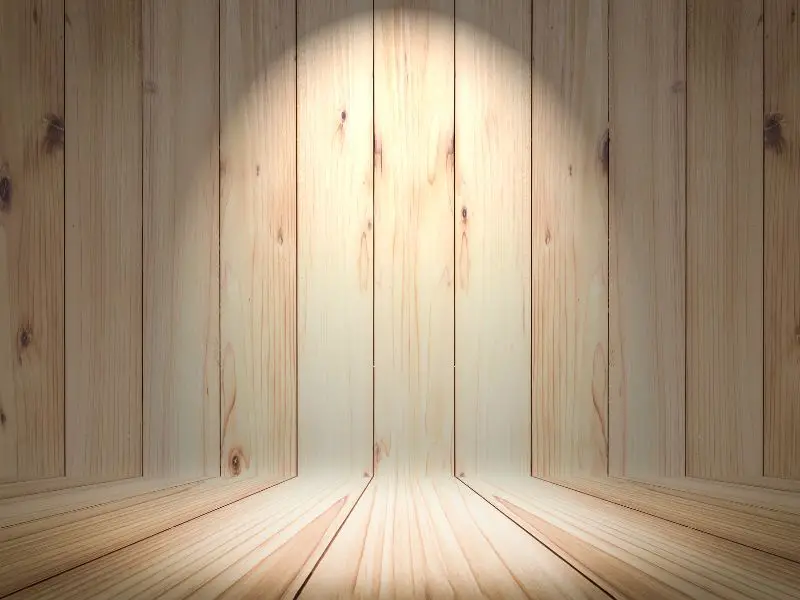
Primary Locations
Eucalyptus is native to Australia but is now cultivated in many parts of the world, including Brazil, China, and South Africa. In Australia, eucalyptus is found in many regions, including the coastal plains, mountains, and deserts.
8. Popular
They often harvest poplar trees increase and use sustainable forestry practices. Additionally, poplar is often grown in managed plantations, which can help reduce the impact of harvesting on natural forests. As a result, poplar has a relatively low environmental impact compared to other hardwoods.
Common Uses
Poplar is a versatile wood that you can use for various applications. They are good for making plywood, pulpwood, and pallets. Its lightweight and low density make it an ideal furniture and interior trim choice.
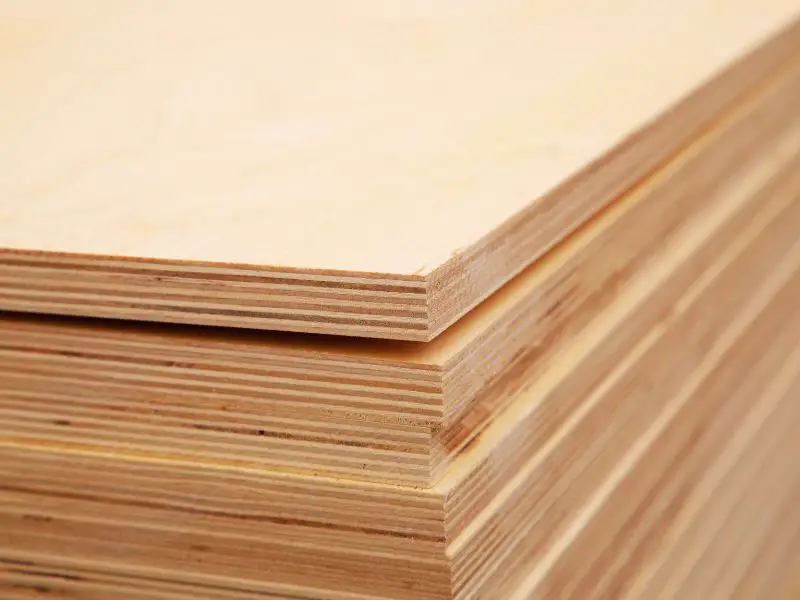
Primary Locations
Poplar is primarily grown in the Northern Hemisphere, with the majority of production in the United States, Canada, and Europe. In the United States, poplar is commonly found in the eastern and central regions of the country.
9. Walnut
They grew sustainably walnut trees in many North America, Europe, and Asia regions. Sustainable cultivation practices include planting new trees to replace harvested ones, using natural fertilizers, and avoiding harmful pesticides.
Common Uses
Walnut wood is highly valued for its rich, dark colour and unique grain patterns. They commonly used it for furniture, flooring, and carving. The wood is also famous for musical instruments, gunstocks, and decorative veneers.
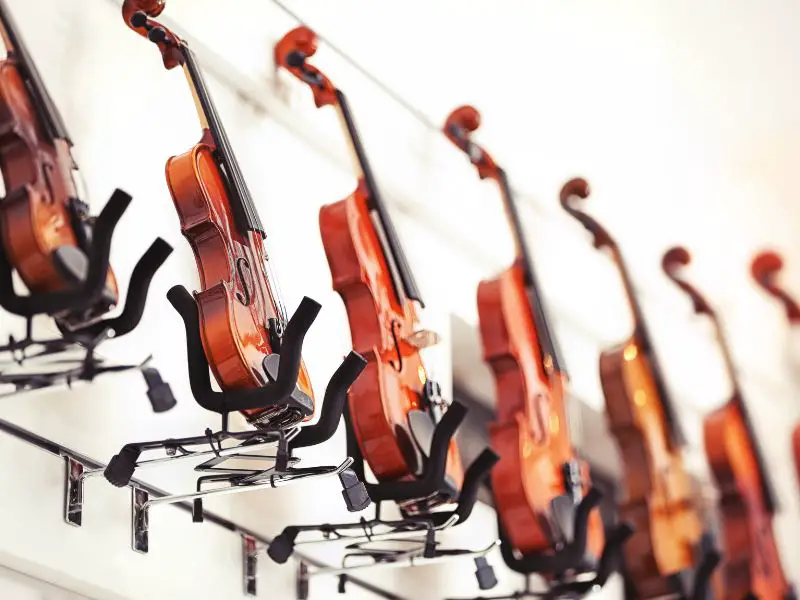
Primary Locations
Walnut trees are found in many world regions, including North America, Europe, and Asia. In North America, you can commonly find Walnut trees in the eastern and central parts of the United States. In Europe, walnut trees are in France, Italy, and other countries. In Asia, walnut trees are found in China, India, and other countries.
10. Ash
Ash is a popular hardwood that is known for its durability and strength. It is a sustainable hardwood grown in many parts of the world. Ash is a fast-growing tree that can mature in as little as 20 years.
Common Uses
They commonly used Ashwood for furniture, flooring, and tool handles. It is a popular option for furniture because of its strength and durability. It is also a popular flooring option because of its wear and tear resistance. Ashwood is also commonly used for tool handles because of its strength and shock resistance.
Level up your toolkit with our handpicked list of Ashwood tool handles. Embrace nature’s strength and style for a greener and more delightful DIY experience!
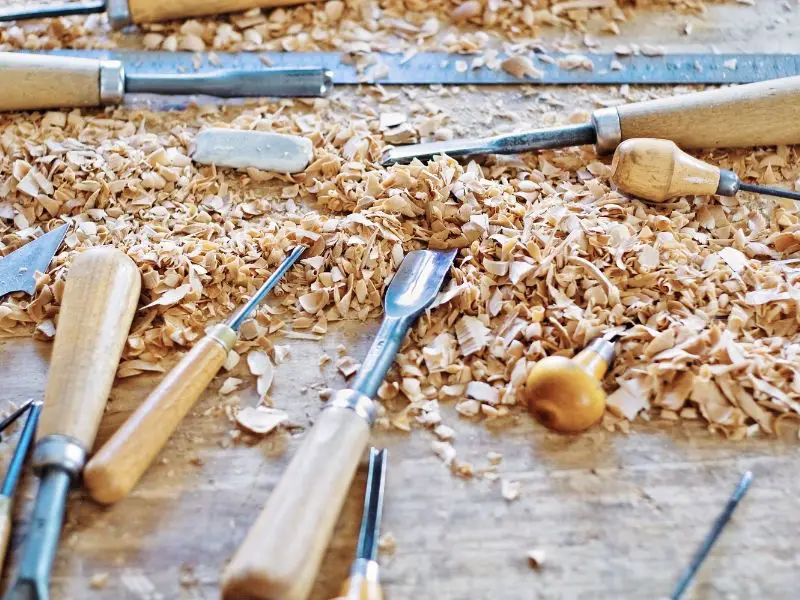
Primary Locations
Ash trees are typically found in North America and parts of Europe. White ash is commonly found in the eastern United States, while hickory is frequently found in the southern United States. Ash trees are also commonly found in parts of Europe, including the United Kingdom and France.
Bottomline
Sustainable hardwoods provide an invaluable path towards ecological responsibility without sacrificing quality or aesthetics. By choosing these eco-friendly options like teak, bamboo, oak, maple, cherry, mahogany, eucalyptus, poplar, walnut, and ash, we support responsible forestry practices and contribute to the preservation of our natural resources.
Greenify Your Life! Uncover the ultimate trifecta of sustainability with our Sustainable Home, Sustainable Packaging, and Sustainable Fabrics guides. Transform your lifestyle and indulge in planet-friendly choices for a greener, happier you!

